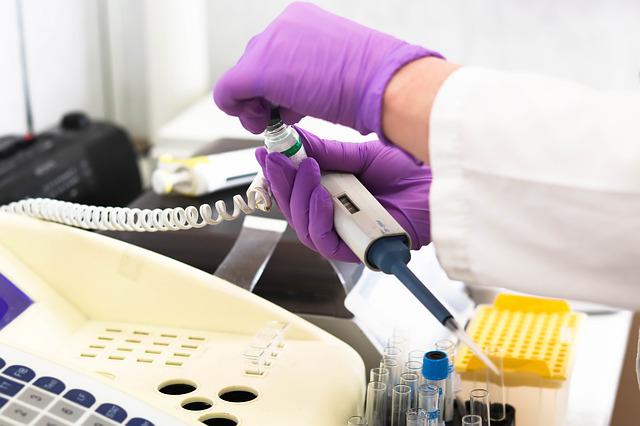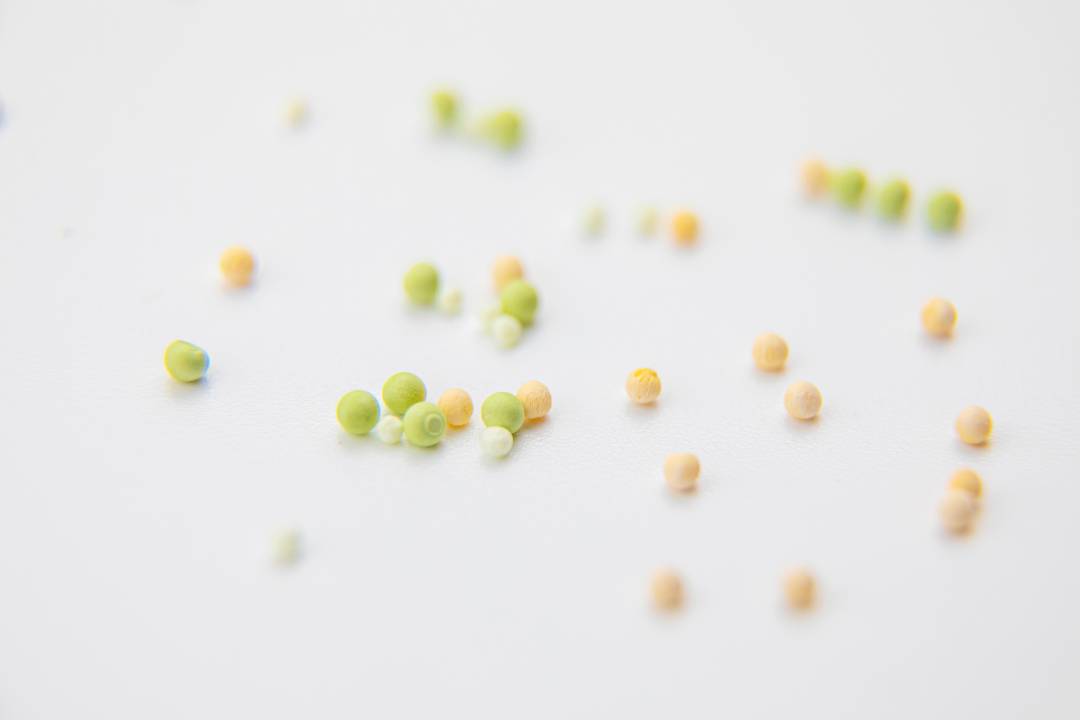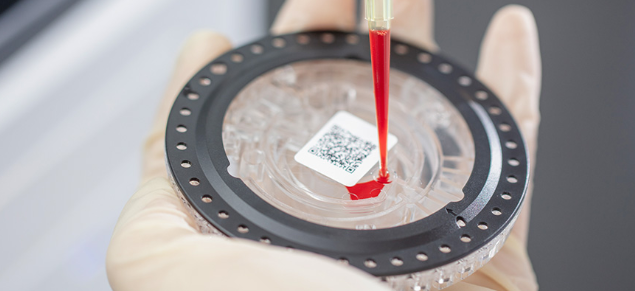1. How to improve the clinical usefulness and practicality of blood test and urine test results?
Nowadays,
blood and urine analyzers are reporting more and more parameters, from 8 items to more than 40. There are also more and more test channels and methodologies. But the more items there are, the more confused clinicians and even testers are, and the interpretation and clinical application value of many items is unclear, leading clinicians to misunderstand the indiscriminate prescribing of items by the laboratory, believing that it is enough to look at those few items for blood and urine analysis.
How should we judge the clinical application value of the "new parameters" of these reports? How to improve the clinical usefulness of "routine" reports?
For example, in the case of hematology analyzers, there are multiple methods for the same report, how should they be used? In addition to the conventional resistive platelet method, there are also optical platelet results of different channels. How should these different platelets be applied?
According to the relevant regulations, non-reporting parameters are not allowed if they are reported directly to the clinic. Therefore, if the optical platelets are non-reporting parameters, the value of their results should not be reported to the clinic directly in the platelets as a reporting item without manual rechecking and verification.
When encountering abnormal and interfering electrical impedance platelet results, NMPA-approved reportable items should be selected for retesting to ensure the validity and legitimacy of clinical application. Nowadays, there are more and more interference problems that can be solved by hematology analyzers, bringing some operational convenience to the department of laboratory medicine. However, it should also be clearly labeled with its limitations and given clear alarm prompts in order for the test physician to use it with confidence. This also gives medical equipment manufacturers and the industry has put forward a higher standardization requirements. Both to better solve the operational convenience and efficiency problems for the test person, but also to ensure the accuracy of clinical results.
2. How to optimize blood analysis, urinalysis process and quality management?
Blood analysis, urine testing in the department of laboratory medicine are screening tests. The purpose is to screen out abnormal specimens quickly and accurately. Therefore, the primary consideration in the process management optimization is whether the detection rate can be guaranteed while reducing manual operations.
In terms of process, the review and intelligent automatic audit process should be carried out after the instrument analysis. This allows targeted retesting to reduce the cost of retesting, but also to improve the speed of detection, because the vast majority of specimens do not need to bundle the use of special channels to slow down the detection and increase the cost of detection. How to quickly, efficiently and cost-effectively for the department of laboratory medicine to provide effective and feasible retesting rules, but also to manufacturers of instrument performance and intelligent audit software to put forward higher requirements.
We are most familiar with quality control for hematology and urinalysis than daily quality control and inter-instrument comparisons, inter-room quality assessment and instrument calibration.
What is the scope for daily QC?
The most urgent need of the department of laboratory medicine is the continuous improvement of the QC program for blood, urine and body fluids, so that all reported items of the relevant instruments can be tested in one QC as much as possible to reduce the number of QCs and the cost of reagents. Now automatic QC has become the next hot spot for development. Automatic QC can ensure that QC items from cryopreservation, pre-temperature, shaking, and testing are completely automated, reducing human errors caused by manual participation, thus reducing the risk of human loss of control and the cost of QC item consumption. Timeliness and standardization of instrument comparison and inter-room quality assessment is also the most important part of quality management for blood analysis and urinalysis.
Blood analysis and urinalysis are two items that are both traditional and routine. Today, with the continuous development of testing technology, each analyzer manufacturer should still take quality as the main premise to ensure the detection sensitivity of the instrument, to ensure that abnormal specimens are not missed, and to ensure the long-lasting precision of the instrument for long-term use and continuous efforts. At the same time, it is also necessary to solve more operational convenience problems for
the department of laboratory medicine, so that the test process is more efficient and more standardized.



